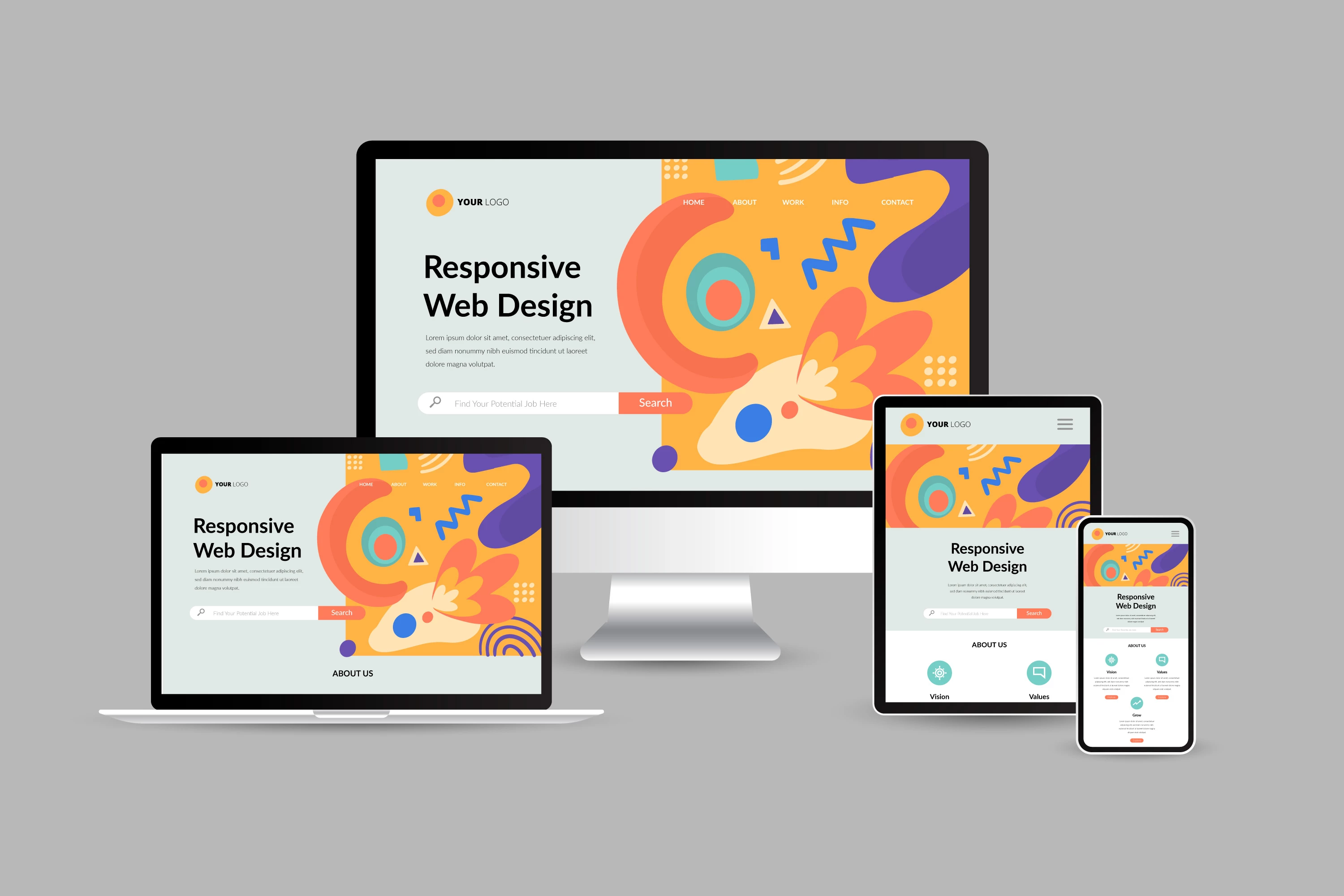Las Vegas SEO for Boosting Website Rankings and Traffic
Las Vegas SEO for Boosting Website Rankings and Traffic
Blog Article
Innovative Web Style Solutions for Modern and Engaging Websites
In the realm of internet design, the quest of modern-day and interesting solutions has become significantly vital for services aiming to capture user attention. By incorporating vibrant shade systems, interactive aspects, and receptive designs, designers can create experiences that not just resonate with individuals but likewise improve brand identification.
Embracing Vibrant Color Pattern
In website design, the tactical use strong shade systems can substantially improve user involvement and brand identity. By employing lively colors, designers can develop visually striking web sites that capture focus and cultivate a remarkable experience. An appropriate shade combination not just mirrors a business's worths yet likewise evokes specific feelings that can influence individual behavior.
Vibrant shades can be employed to lead customers' attention to crucial components such as calls to action, boosting conversion prices. Utilizing contrasting shades for buttons and links can make these aspects stand out, motivating users to communicate even more readily. A cohesive color plan across the web site enhances brand recognition, developing a feeling of experience and trust among site visitors.
Nevertheless, it is vital to stabilize bold shades with adequate white area to stay clear of overwhelming users. Reliable use typography also enhances bold colors, ensuring readability while maintaining aesthetic allure. Inevitably, welcoming vibrant shade plans in internet layout not only boosts aesthetic top quality yet also plays an essential duty in achieving critical service purposes, making it a necessary consideration for modern internet development.

Using Interactive Components
Interactive aspects are important in modern internet layout, as they significantly improve customer interaction and develop a more vibrant browsing experience. By including features such as computer animations, hover effects, and clickable aspects, internet sites can motivate users to explore content better and return for future check outs.

Micro-interactions, such as subtle computer animations when a button is clicked or a type is sent, can additionally enhance the individual experience by giving prompt responses. These tiny details can make the internet site feel more responsive and active, fostering a sense of link between customers and the site.
Furthermore, gamification components, such as rewards for completing particular actions, can inspire individuals to engage with the material more deeply. By thoughtfully integrating these interactive parts, web developers can develop a memorable and interesting on the internet experience that resonates with customers and motivates them to return.
Implementing Responsive Design
Carrying out responsive design is essential in today's multi-device landscape, guaranteeing that websites offer an optimum watching experience throughout different screen sizes. As customers increasingly access the web via mobile phones, tablets, and desktop computers, a one-size-fits-all strategy is no much longer viable. Receptive layout permits seamless navigation and interaction, adapting layout and web content to fit the Get More Info gadget being utilized.
Secret principles of receptive design include fluid grids, flexible photos, and media questions. Fluid grids make use of relative systems, such as percentages, as opposed to taken care of pixels, allowing elements to resize proportionately. Versatile photos range within their including components, avoiding overflow and keeping visual integrity. Media inquiries help with the application of various designs based upon the tool's characteristics, such as size, height, or resolution, allowing developers to customize the user experience properly.
Moreover, receptive layout enhances search engine optimization efficiency, as online search engine prefer mobile-friendly sites. By carrying out receptive style, businesses not just improve customer satisfaction and engagement yet likewise raise their reach in an affordable electronic landscape. As modern technology proceeds to progress, embracing responsive layout has actually come to be a fundamental technique for any type of contemporary and engaging site.
Integrating Multimedia Material
Multimedia web content plays a vital function in developing engaging and dynamic internet experiences that capture users' attention and improve understanding. By combining text, images, sound, and video, sites can provide a richer story that attract numerous finding out designs and preferences. This assimilation not just boosts individual involvement but also aids in conveying complicated ideas succinctly.
Incorporating top notch pictures and infographics can break up textual material, making it more absorbable. In a similar way, video tutorials and discussions can give comprehensive understandings that static web content might not fully connect. Audio aspects, such as podcasts or history music, can learn the facts here now likewise boost the atmosphere of an internet site, developing a much more immersive experience.
Moreover, the critical use multimedia can improve search engine optimization performance, as search engines favor varied material kinds, enhancing visibility. Nonetheless, it is important to make certain that multimedia components do not prevent web page tons times, as this can cause user disappointment. By stabilizing multimedia assimilation with efficiency considerations, internet developers can develop aesthetically attractive and functional web sites that reverberate with individuals, promoting a much deeper connection and encouraging return brows through.
Prioritizing Customer Experience

To accomplish an ideal customer experience, developers must concentrate on numerous key concepts. Clear phone calls to action, legible typography, and arranged web content overview individuals, minimizing cognitive load.
Furthermore, integrating click this site individual comments into the style process is indispensable. Routine screening with genuine customers helps determine discomfort points and locations for renovation, enabling iterative improvements. Inevitably, prioritizing UX not just raises user contentment but likewise drives interaction and conversion rates, making it an essential element of modern website design techniques. By putting customers at the facility of style initiatives, sites can create long lasting, favorable perceptions that encourage return visits.
Verdict
In conclusion, contemporary web style remedies that stress strong color schemes, interactive aspects, receptive layout, and multimedia content substantially improve user involvement and fulfillment. las vegas seo. Prioritizing individual experience via clear designs and continuous comments even more contributes to boosted conversion prices.
Report this page